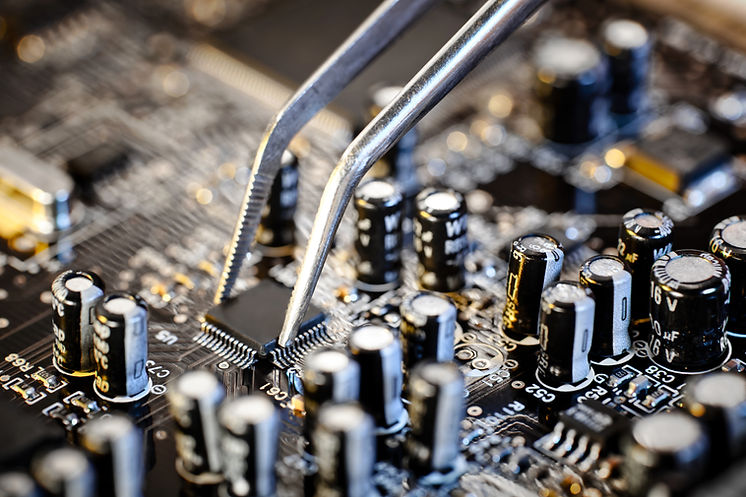Microsoft DirectX Diagnostic Tool
- Emmanuel and Andrea's Tech Tips

- Nov 27, 2020
- 2 min read
DirectX is a collection of APIs (application programming interfaces) for handling tasks related to multimedia, most especially game programming and video, on Windows operating systems. So, it's no surprise as to what the DirectX Diagnostic Tool does. This helps you see your system information and troubleshoot different things about your computer that may be related to gaming, such as audio, video, and different input devices. Most likely, a support person might ask for this info, or you might post it in a forum when you ask for help. In this post, we'll be digging deeper and we'll see what the DirectX Diagnostic Tool can do.
How do I open the Microsoft DirectX Diagnostic Tool?
There are a lot of ways to open the Microsoft DirectX Diagnostic Tool. Here are some of them:
In Windows, select Start and enter dxdiag into the search box on the taskbar. Select dxdiag from the results.
Click on Windows Key (⊞) + R, type in "dxdiag," then click enter.
Different tabs of the DirectX Diagnostic Tool:
System Tab

In this tab, different information about your system is listed such as your Windows version, RAM capacity, Computer Name, BIOS version, Processor Model, System Manufacturer, and a lot more. Customer support staff may ask for these information to help you troubleshoot your PC.
Display Tab

The Display tab, as the name suggests, shows information about your display/monitor, and your display driver or your graphics driver, whether integrated or a dedicated GPU (graphics processing unit). You can see the name of your driver, the name of your display/monitor, and whether or not different DirectX features are enabled or disabled. It also tells you whether or not you have a problem with your display in the notes portion at the bottom.
Sound Tab

Sound is an essential thing, whether you're just using your computer for work or when you're gaming, whether you have to listen to an audio file or to listen to the footsteps of your opponents in PUBG. This tab, it's very similar to the display tab but instead of showing display information, here, it shows you the sound information of your computer. What driver you have-whether you have a dedicated sound card or not, and the device that you have. Just like the display tab, it also tells you whether or not you have a problem with your audio devices.
Input Tab

Input devices are very important in the computer system. Without it, you won't be able to control your computer. In this tab, it lists all your different input devices such as your mouse, keyboard, touchpad (if you have a laptop), etc. You can see whether or not the device is attached to your computer, controller ID, vendor ID, etc. It also tells you whether or not you have problems with your input devices.
And that is Microsoft's DirectX Diagnostic Tool and how it works. We hope that this article helped shine some more knowledge on you and helped you know more things about your computer.





Comments